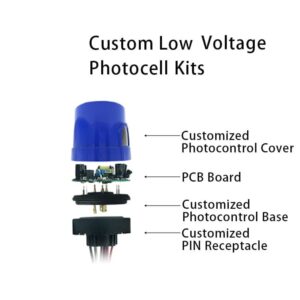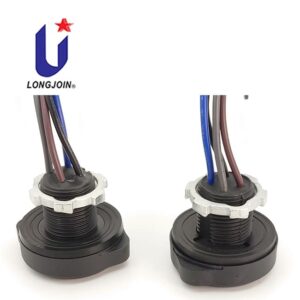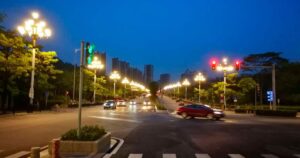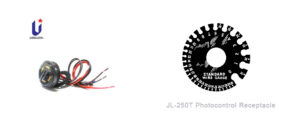Common Quality Issues with Outdoor Lighting Controllers and Their Solutions
1. Damage Due to Lightning Strikes or Power Surges
Outdoor lighting systems are exposed to unpredictable weather conditions. Lightning strikes or power surges can send high-energy currents through the system. These surges often damage the light sensor and other internal components. Controllers may become permanently on or off, disrupting their function.
Solution
Investing in controllers designed with surge protection features is essential. These models can absorb excess energy, protecting the light sensor. Adding an external surge protector to the system provides additional safety. This dual-layered approach ensures reliability even in areas prone to frequent storms.
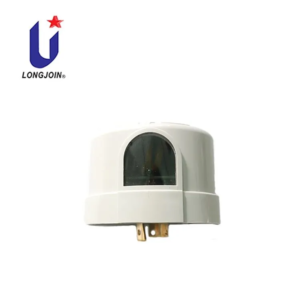
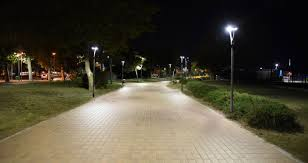
2. Short Lifespan
One of the most common complaints is the short lifespan of lighting controllers. Substandard manufacturing or poor-quality components often result in early failure. The light sensor, a critical component, may lose accuracy or stop working altogether. Frequent replacements increase maintenance costs.
Solution
Choosing high-quality controllers from established brands is the best way to avoid this issue. These products are built with durable light sensors that withstand wear and tear. Regular cleaning and inspection of the system also help identify issues early. Keeping away from excessive heat or moisture is useful. It can also help increase their lifespan.
3. Damage from Moisture and UV Radiation
Outdoor controllers are constantly exposed to moisture from rain and humidity. Unreliable waterproofing allows water to seep into the casing. This damages the light sensor. Likewise, too much exposure to sunlight can degrade the casing and internal components. UV rays weaken plastic enclosures. This makes them brittle over time.
Solution
Look for controllers with high waterproof ratings, such as IP65 or higher. These devices are sealed to prevent water entry. UV-resistant materials further enhance durability. Ensure that the light sensor is well-protected, especially in regions with harsh weather conditions. Installing controllers in shaded or sheltered areas can also reduce exposure.
4. Response Delay
Lighting controllers are expected to respond immediately to changing light levels. However, some systems exhibit a delay, turning lights on or off at inappropriate times. A slow light sensor often causes this problem. It reduces system efficiency and may leave areas dark when illumination is needed.
Solution
Choose controllers equipped with fast-response light sensors. Modern sensors are designed for near-instant detection of light changes. Proper installation is also crucial to avoid delays. Calibrating the controller to the environment ensures accurate and timely operation.
5. Inconsistent Sensitivity
Inconsistent sensitivity is a frequent issue with lighting controllers. The light sensor may fail to detect subtle changes in light intensity. This results in incorrect operation, such as turning lights on during daylight. Fluctuating sensitivity leads to energy waste and unreliable performance.
Solution
Opt for controllers with adjustable light sensors. These allow users to fine-tune sensitivity settings based on the environment. For instance, sensors can be calibrated to detect specific lux levels. This customization ensures precise control and prevents unnecessary energy usage.
6. Overheating and Failure Under High Load
High-wattage lamps or heavy loads can overheat lighting controllers. This places immense stress on the internal circuitry, including the light sensor. Prolonged overheating may lead to permanent failure. This happens especially in controllers not designed for high capacity.
Solution
Always match the controller’s load capacity with the requirements of the lighting system. Select models with a higher capacity if needed. Ensuring proper ventilation around the controller can also reduce overheating risks. Using energy-efficient lamps minimizes the load on the light sensor and other components.
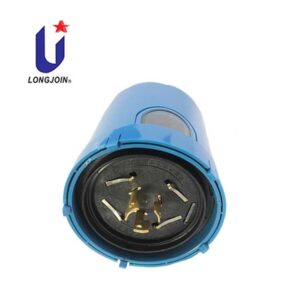
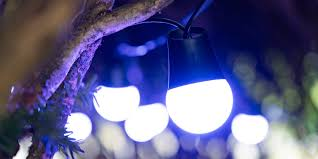
7. Corrosion at Contact Points
Moisture and salt in the air can corrode metal contact points. This issue is common in coastal areas or damp environments. Corrosion weakens the connection between the controller and the lighting system. Over time, the light sensor may malfunction due to poor electrical conductivity.
Solution
Choose controllers with corrosion-resistant materials, such as stainless steel contacts. Applying anti-corrosion coatings can further protect the contact points. Regularly inspect and clean the system to remove buildup that might lead to corrosion.
8. Interference from Nearby Light Sources
Nearby light sources, such as car headlights or streetlights, can interfere with the light sensor. This external light causes the controller to misjudge ambient lighting conditions. As a result, lights may turn on or off incorrectly.
Solution
Select controllers with anti-interference light sensors. These sensors are designed to filter out stray light and focus only on ambient conditions. Installing the controller in a location away from other light sources also helps. For example, placing it behind barriers can block direct interference.
9. Poor Quality and Easy Breakage
Controllers made from low-quality materials are prone to breakage. The casing may crack during installation or due to extreme weather conditions. When the casing is compromised, the light sensor is exposed to external damage. This reduces the overall lifespan of the device.
Solution
Invest in controllers with durable casings, preferably made from reinforced materials. Handle the device carefully during installation to avoid unnecessary stress. Additionally, using protective enclosures can shield the controller and its light sensor from physical damage.
10. Compatibility Issues with Certain Lamps
Some lighting controllers do not work well with all lamp types. Compatibility issues often arise with older or non-standard lamps. The light sensor may not detect light correctly, causing erratic behavior.
Solution
Before purchasing, verify the controller’s compatibility with your lamp models. Most high-quality controllers list supported lamp types. Testing the system before full installation can prevent operational issues.
Summing Up
Outdoor lighting controllers face various challenges, from durability concerns to performance issues. However, selecting the right controller can address these problems effectively. Investing in a reliable light sensor ensures accurate operation and reduces maintenance costs. By following the suggested solutions, users can optimize their lighting systems for long-term efficiency and reliability.
FAQs
Why do lighting controllers fail after a lightning strike?
High-energy surges damage internal components, including the light sensor.
How can I avoid moisture damage to my lighting controller?
Choose controllers with a high waterproof rating, like IP65 or above.
What causes inconsistent sensitivity in controllers?
Poor-quality light sensors or lack of proper calibration often cause this issue.
External Link
https://en.m.wikipedia.org/wiki/Power_surge

